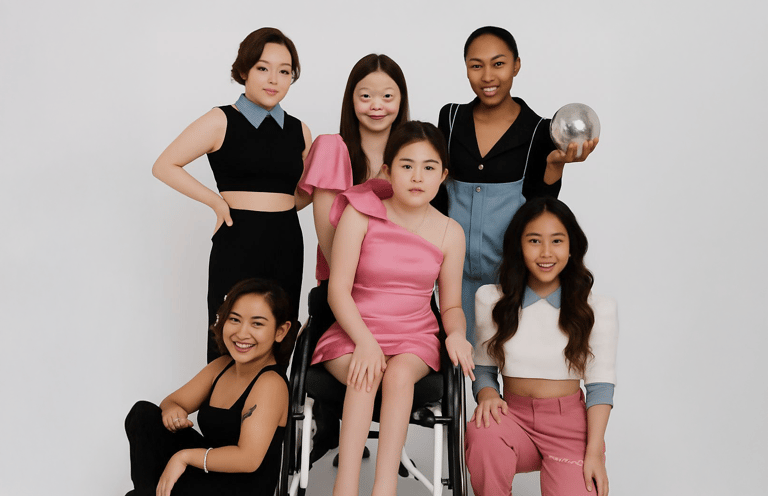Fashion has always been a form of self-expression—but for many young people with disabilities, it’s also a daily challenge. Traditional clothing often overlooks the needs of wheelchair users or those with limited mobility, turning something as simple as getting dressed into a frustrating experience. That’s where adaptive fashion steps in—not just as a trend, but as a movement.
Function Meets Freedom
Adaptive fashion is designed with functionality at its core, without compromising on style. Here’s how it transforms lives:Easy Closures: Magnetic buttons, Velcro fastenings, and side zippers replace fiddly hooks and tiny buttons, making dressing easier for those with limited dexterity.
Seamless Comfort:
Flat seams and tagless designs reduce skin irritation, especially for wheelchair users who spend long hours seated.
Flexible Fits:
Stretch fabrics and adjustable waistbands accommodate different body shapes and medical devices like braces or catheters.
Strategic Openings:
Clothing with discreet openings allows for easier access during medical care or toileting, without needing to fully undress.
Materials That Matter
The right fabric can make all the difference. Adaptive fashion often uses:
- Breathable cotton blends to prevent overheating and skin issues.
- Moisture-wicking textiles that keep the body dry and comfortable.
- Soft, stretchable knits that move with the body, not against it.
Durable yet lightweight materials that withstand frequent washing and wear. These choices aren’t just practical—they’re empowering.
When Fashion Fails
Standard fashion can unintentionally exclude. Tight jeans, stiff collars, and back zippers may look great on a runway, but they can:
Restrict movement or cause pressure sores. Make dressing a two-person job. Interfere with wheelchairs or prosthetics.
Create anxiety around social events due to discomfort or inaccessibility. Fashion should never be a barrier—it should be a bridge.
Adaptive fashion isn’t about hiding differences. It’s about celebrating individuality, boosting confidence, and giving everyone the freedom to move, express, and belong. Whether it’s a teen rolling into class or heading out with friends, they deserve clothes that work with them, not against them.


